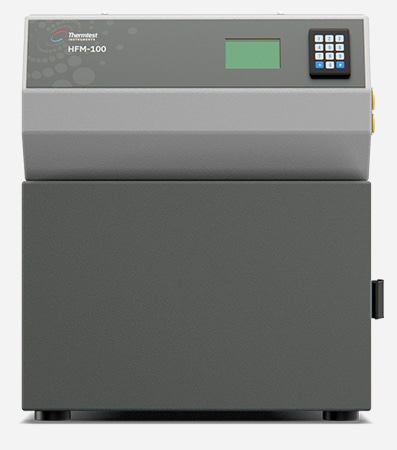
Picture 1. Thermtest 100 Series Heat Flow Meter.
Following international standards, the HFM-100 is designed for testing both homogenous and heterogenous materials and complies with ASTM C518, ISO 8301, and EN 12667. The HFM-100 sample size allows for representative testing of materials typically found in insulation and construction industries.
In this experiment, the thermal conductivity of NIST 1450D was measured with the Thermtest HFM-100. NIST1450D is a high-density fibrous glass board certified for bulk density (ρ) and thermal conductivity (λ). The steady-state method that the HFM uses is quite appropriate to analyze this type of material, due to the highly organized fibers through the thickness of the sample. In this case, the dimensions of the sample were 300x300x25mm, for the axial measurement. To approach an in-plane value, the sample was cut in 1-inch slivers and turned 90°. The temperature of the upper plate was 30°C and the lower plate was 10°C the lower plate, obtaining an optimal temperature delta of 20 degrees.

Picture 1: Axial and radial samples of NIST1450D.

Picture 2: Set up of the NIST1450D sample (radial direction) in the Thermtest HFM-100.
Table 1:Results of the average thermal conductivity of the NIST 1450D sample.
| Direction | Test Time (minutes) | Thermal Conductivity (W/m·K) |
|---|---|---|
| Axial | 30 | 0.0328 |
| Radial | 30 | 0.0456 |
The literature thermal conductivity value for through-thickness of the NIST1450D is 0.0323 W/m·K, which correlates quite well with the measured results. The approach of the in-plane measurement is an estimate value due to the parallel effect created by placing the slivers that way.